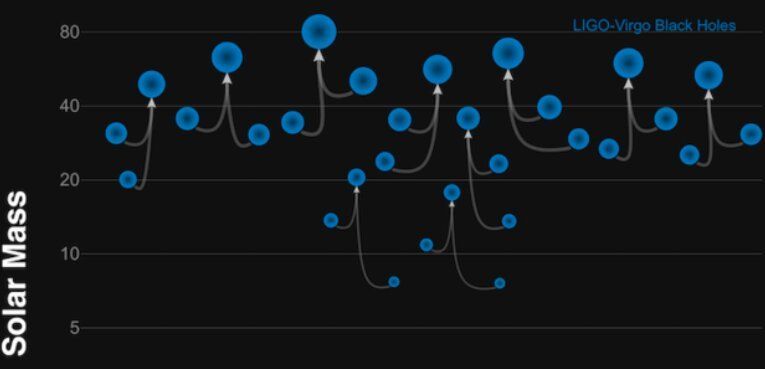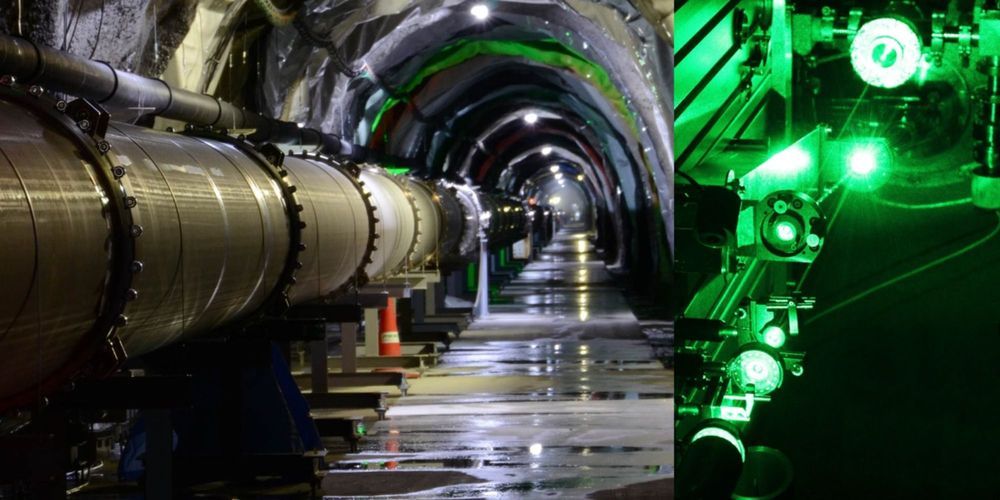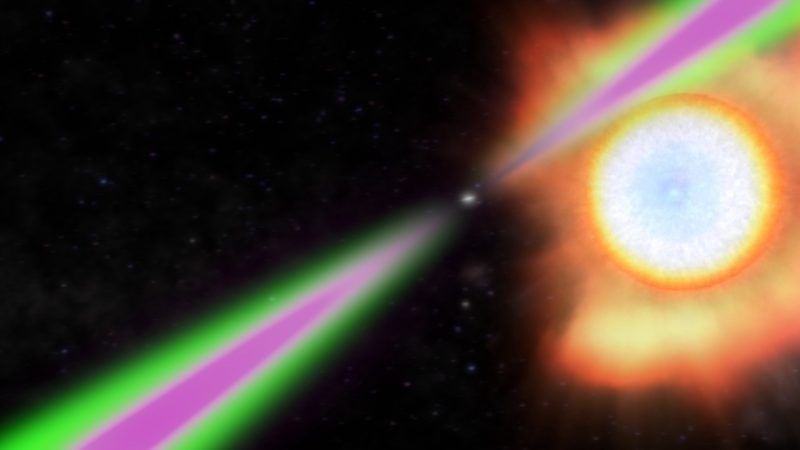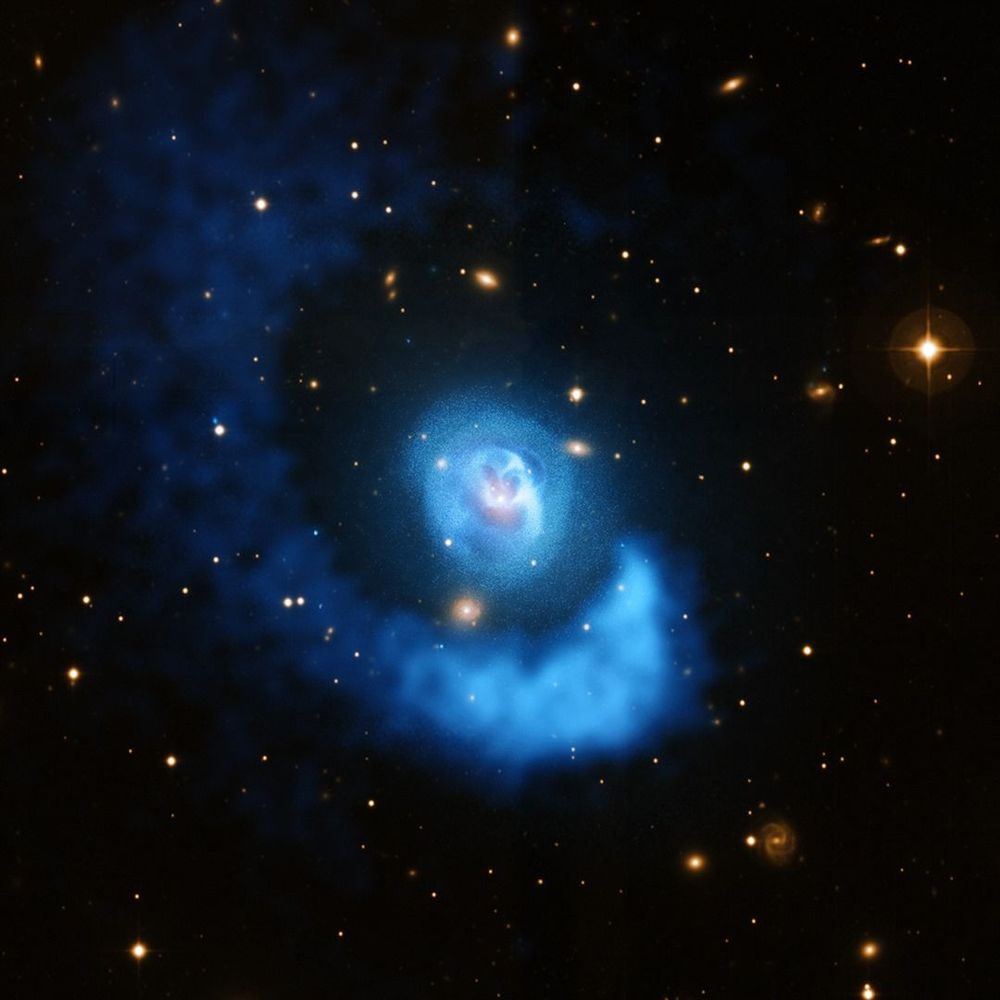A few years ago, the LIGO/Virgo collaboration detected gravitational waves arising from a binary black hole merger using the two detectors of the Laser Interferometer Gravitational-Wave Observatory (LIGO). This eventually led to the observation of black holes with masses that are roughly 30 times the mass of the sun. Since then, researchers worldwide have been investigating these black holes, specifically examining whether they could be of primordial origin, meaning that they were produced in the early universe before stars and galaxies were formed.
Hooman Davoudiasl, a theoretical physicist at the Brookhaven National Laboratory in New York, has recently introduced a new theory suggesting that the black holes observed by the LIGO/Virgo collaboration originate from a first order quark confinement phase transition. In his paper, published in Physical Review Letters, Davoudiasl implemented this idea using a light scalar that could turn out to be a good dark matter candidate.
Recent detections by the LIGO/Virgo collaboration suggest that there are several black holes that have similar masses (approximately 30 solar masses). This suggests that there might be a population of black holes that are characterized by a typical mass value.






